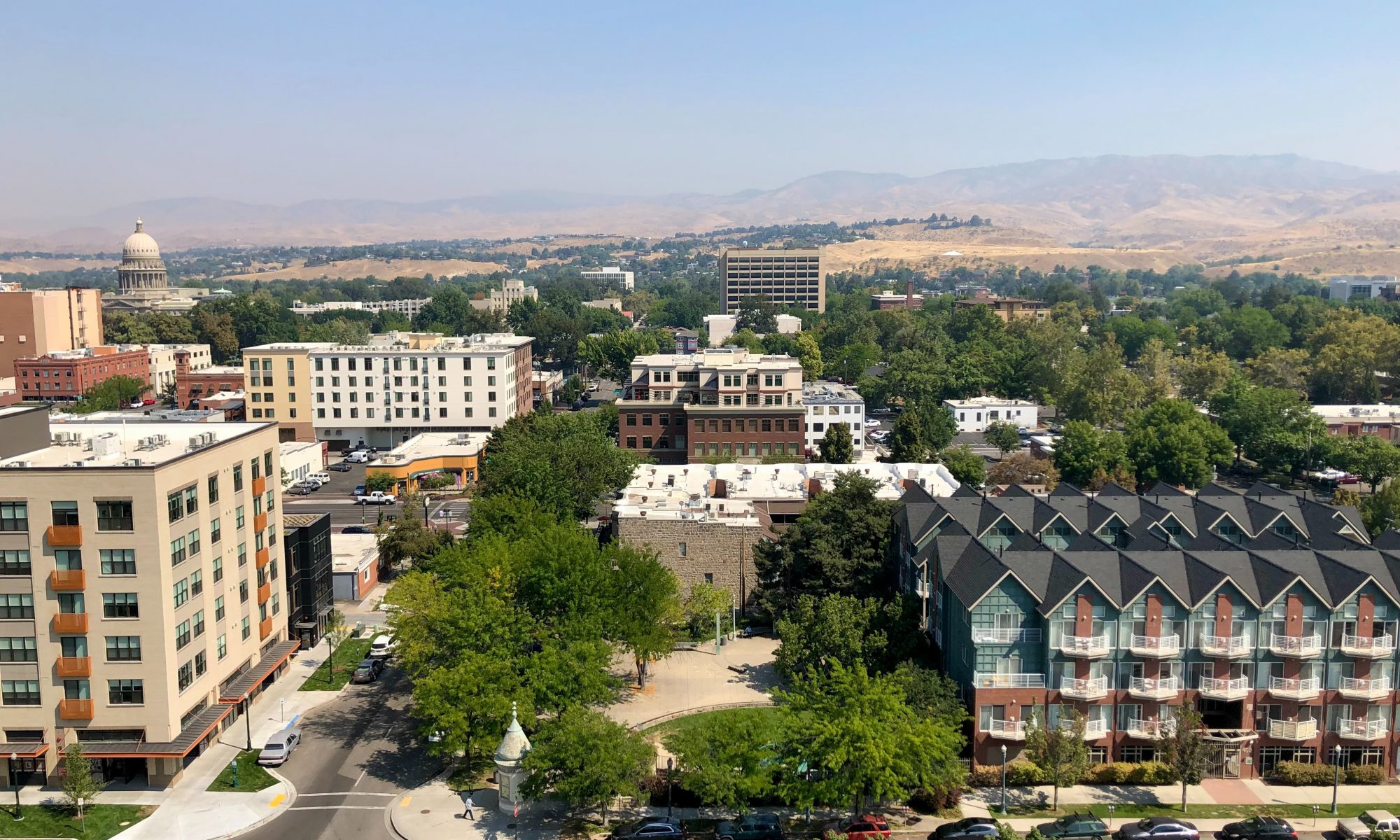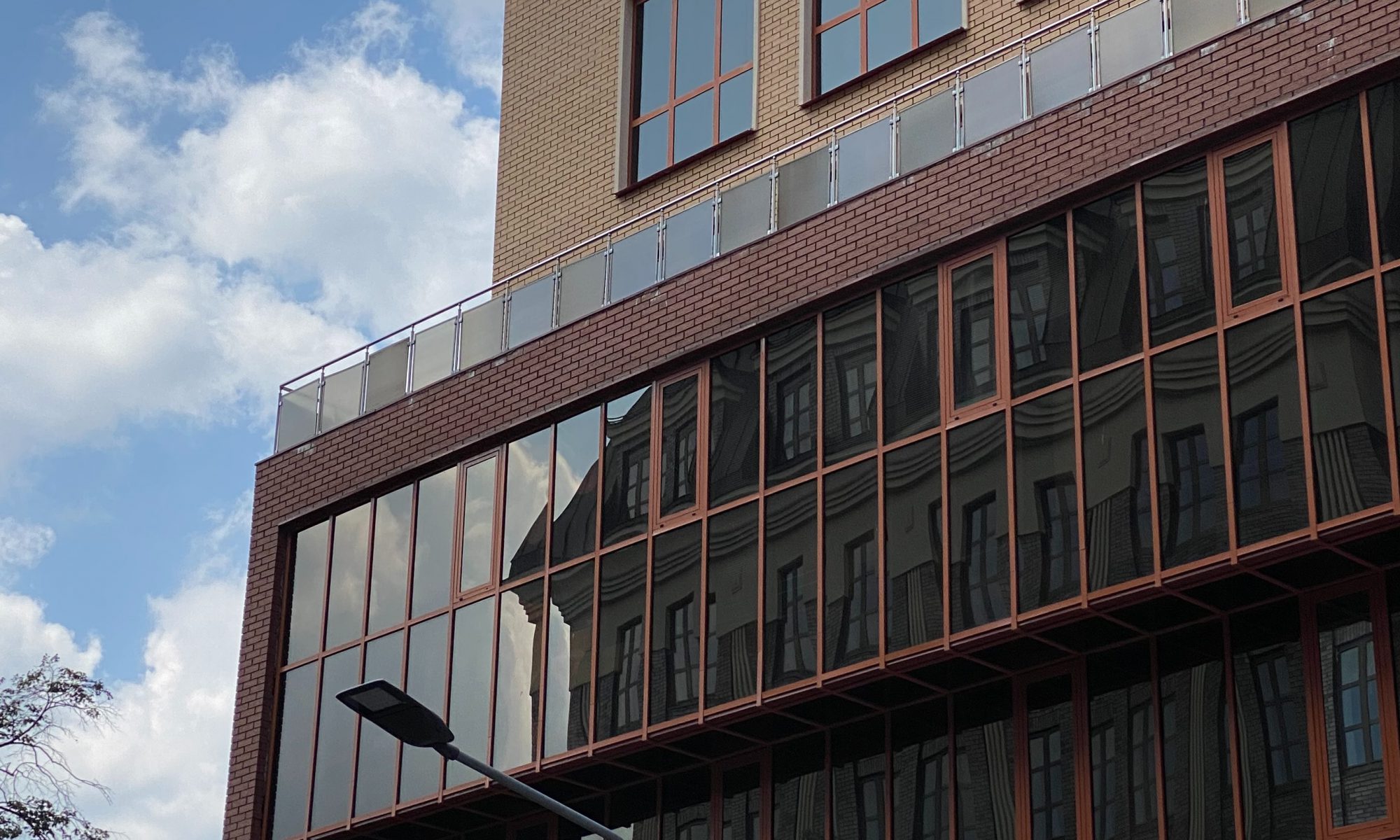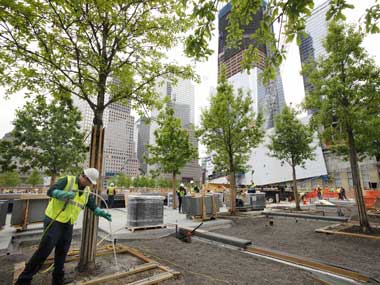The commercial real estate market is constantly evolving, and brokers need to be prepared to adapt in order to succeed. In what remains of 2023, there are a number of challenges that brokers will continue to face, but there are also a number of opportunities to capitalize on. We were lucky to sit down with Jonathan Salk, the CEO of CORFAC International and talk all things CRE, and how CORFAC continues to help professionals build better businesses and lead commercial real estate into the future.
Anyone in commercial real estate knows that the current climate is saturated with challenges and that the past months have been a tough time to weather the storm, much less grow business. A few key challenges we see include interest rates, inventory, and technology’s influence on CRE sales.
Challenges Facing Brokers in the Current Climate of CRE
Rising interest rates and current the lending environment:
The Federal Reserve is expected to continue raising interest rates in 2023, which will make it more expensive for businesses to borrow money to buy or lease commercial real estate. This could lead to a decline in demand for commercial real estate, which would make it more difficult for brokers to find buyers or tenants for their clients.
Low inventory:
The commercial real estate market is currently experiencing low inventory, which means that there are fewer properties available for sale or lease. This makes it more difficult for brokers to find properties that meet the needs of their clients, and in some cases even lead to bidding wars and higher prices.
Need to grow business amidst challenging external conditions:
The time is now… With challenging economic conditions expected to continue, simply sitting back and weathering the storm is not an option for CRE pros that want to succeed. No doubt, the broader challenges of 2023 are making it more difficult for brokers to grow their businesses. Brokers will need to be creative and strategic in order to find new clients and generate leads.
Changing demographics:
The demographics of the workforce are changing, with more people working from home and fewer people commuting to traditional office jobs. This is changing the demand for commercial real estate, and it is making it more difficult for brokers to predict where the market is going.
Office is perhaps the most turbulent sector of CRE – Click to read: Is the foundation of the office sector crumbling? The future of the office – and what’s to come of the office space.
Competition from online platforms:
Online platforms are making it easier for businesses to find commercial real estate without the help of a broker. This is cutting into the profits of brokers and making it more difficult for them to compete. It should be noted that many online resources ultimately end with connecting a broker at some point in the cycle but the impact and importance of online CRE tools and marketplaces cannot be ignored.
The need to invest in technology:
commercial real estate as a whole has been relatively slow to adopt technology. Many seasoned veterans of the CRE world still do things “the old way” with great success. In some cases this results in resistance to implementing technology solutions which can be costly. The need to balance growth with profits and smooth operations must be considered as brokers and brokerages alike prepare to take their businesses into the years ahead.
Capitalizing on opportunity today to evolve your business for tomorrow.
Despite the challenges facing the CRE market in 2023, there are also a number of opportunities for brokers to capitalize on. By understanding these trends, challenges and opportunities that lie ahead, brokers can position themselves for success in the year ahead
Here are a few specific tips for capitalizing on opportunities in the CRE market in 2023. Getting connected with a brokerage network such as CORFAC is just the beginning.
Focus on niche markets: With the overall commercial real estate market becoming more competitive, it is important for brokers to focus on niche markets where they can develop expertise and build relationships.
Get involved in the community: Brokers who are active in their communities are more likely to be successful, as they will be better connected to potential clients and partners.
Stay up-to-date on industry trends: Brokers who stay up-to-date on the latest industry trends will be better equipped to capitalize on opportunities.
Use technology to your advantage: Technology can be a powerful tool for brokers, as it can help them to automate tasks, connect with clients, and market their services.
Be creative and strategic: In a challenging market, it is important for brokers to be creative and strategic in order to find new clients and generate leads.
Benefits of Brokerage Networks
In order to succeed in the changing CRE market, brokers need to be connected to a strong network of other brokers. Brokerage networks come in all shapes and sizes and can offer great resources for savvy brokers and brokerages looking to level up their business.
According to Jonathan Salk, CEO of CORFAC International, “people join networks like CORFAC because they want to do business…But, at the end of the day, they want to see results.”. In this case, the results often come in the form of stronger relationships and more robust businesses better prepared to scale and take on new opportunities.
Brokerage networks provide brokers with a number of benefits, including:
- Access to a wider pool of clients: Brokerage networks can give brokers access to a wider pool of clients, which can lead to more deals.
- Shared resources: Brokerage networks can share resources, such as marketing materials and databases, which can save brokers time and money.
- Support and training: Brokerage networks can provide brokers with support and training, which can help them to improve their skills and knowledge.
Capitalizing on Opportunities
While these are simple examples of how brokerage networks enable brokers to succeed, the real value lies in the finer details. Salk adds “it’s the sharing of best practices and honestly, we do that.”. He continues to give examples of some of the ways CORFAC strives to not only keep their members connected but push them to excel such as: one-on-one connections with top economists and member conferences. All aimed at adding value beyond just the network of professionals that make up CORFAC’s membership.
When asked if CORFAC’s focus is surrounded by the mentality of “better together” whether in the form of shared insights or connecting deals Salk added, “they know they’ve got people like them in 70 offices around the world. And they know if they refer a client to another office, anywhere in the world, that they’re going to get the same service”. Not only do CORFAC members get access to one and other and enjoy the benefits of their network, but there is also value in the principals that have guided CORFAC’s success for over 30 years.
“CORFAC is 34 years old this year. And it was founded by a small group at a conference years ago. And here we are 34 years later, as strong as ever, and basically operating on the same principles.” CORFAC’s CEO continues “They wanted to maintain their name and independence. They didn’t want to give that up. The most important thing [was] they wanted to be independent, but part of something bigger than they are. You can do business outside the network. We always preach CORFAC first, but if someone’s got a requirement and they’ve dealt with someone in another market that they’re just more comfortable with, they can do that. I mean, that principle has held.”. He adds “Corefac headquarters never gets a piece of the deal. That I don’t think you’ll find that anywhere else.”.
CORFAC’s global commercial real estate brokerage network is composed of collaborative, entrepreneurial firms that offer unmatched service to clients and provide in-depth local market expertise. You can learn more about CORFAC International by visiting www.CORFAC.com.
The CRE market is constantly evolving, and brokers need to be prepared to adapt in order to succeed. By understanding the challenges and opportunities that lie ahead, brokers can position themselves for success in 2023 and beyond.




